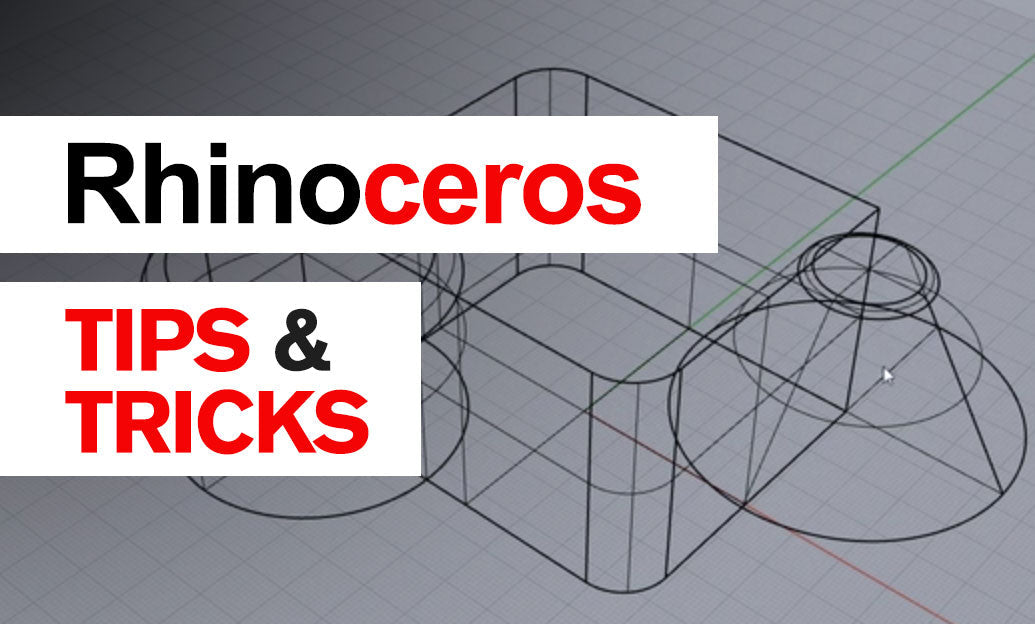Your Cart is Empty
Customer Testimonials
-
"Great customer service. The folks at Novedge were super helpful in navigating a somewhat complicated order including software upgrades and serial numbers in various stages of inactivity. They were friendly and helpful throughout the process.."
Ruben Ruckmark
"Quick & very helpful. We have been using Novedge for years and are very happy with their quick service when we need to make a purchase and excellent support resolving any issues."
Will Woodson
"Scott is the best. He reminds me about subscriptions dates, guides me in the correct direction for updates. He always responds promptly to me. He is literally the reason I continue to work with Novedge and will do so in the future."
Edward Mchugh
"Calvin Lok is “the man”. After my purchase of Sketchup 2021, he called me and provided step-by-step instructions to ease me through difficulties I was having with the setup of my new software."
Mike Borzage
Harnessing the Power of Cloud Rendering: Transforming Complex Design Projects with Scalability and Efficiency
September 02, 2024 2 min read


Introduction to Cloud Rendering
Cloud rendering refers to the process of using remote cloud servers to perform rendering tasks, which are traditionally executed on local machines. This technology has grown in importance owing to its ability to handle complex design projects with greater efficiency and less reliance on powerful local hardware.
Historically, rendering was performed using local workstations, which often resulted in substantial time delays and resource bottlenecks. As digital design projects became more complex, the limitations of traditional methods, including processing speed and hardware constraints, became more apparent.
Recent technological advancements in cloud computing, including enhanced processing power and sophisticated data centers, have significantly impacted rendering capabilities. These innovations have allowed for more efficient and higher quality outputs, revolutionizing the design industry.
Benefits of Cloud Rendering for Complex Design Projects
Scalability and Flexibility
Cloud rendering provides unparalleled scalability, enabling the management of large-scale projects without the constraints of local hardware. The flexibility in resource allocation allows designers to dynamically adjust the computing power based on the project’s needs.
Cost-Effectiveness
One of the major benefits of cloud rendering is the reduction in the need for high-end local hardware. This is economically advantageous as it minimizes upfront capital expenditure. Pay-as-you-go models allow users to pay only for the resources they utilize, making it a cost-effective solution for various rendering tasks.
Collaboration and Accessibility
Cloud rendering enhances collaboration by providing centralized storage and processing, enabling multiple users to work on the same project seamlessly. This technology also offers accessibility from different geographic locations and devices, fostering a more flexible and cooperative working environment.
Technical Deep Dive
Architecture of Cloud Rendering Systems
The architecture of cloud rendering systems typically involves a robust infrastructure where local systems offload rendering tasks to the cloud. The data flow is managed in a structured manner, ensuring efficient transmission from local systems to cloud servers and back.
Optimization Techniques
Various optimization techniques are employed to enhance the efficiency of cloud rendering tasks. Load balancing ensures an even distribution of tasks across multiple servers, while parallel processing accelerates the rendering process by dividing tasks into smaller, manageable units.
Security Measures
Ensuring data security in cloud environments is crucial. Best practices include robust encryption methods, secure access controls, and regular security audits to protect intellectual property and sensitive information from unauthorized access and breaches.
Case Studies and Future Prospects
Real-World Applications
Several industries, such as film, gaming, and architecture, have successfully implemented cloud rendering solutions. These applications have demonstrated significant improvements in rendering speed and quality, along with other quantifiable benefits.
Future Trends
The future of cloud rendering technology looks promising, with predicted advancements set to further enhance its capabilities. The integration of AI and machine learning is expected to play a vital role in automating and optimizing rendering processes, making them more efficient and intelligent.
Conclusion
In summary, cloud rendering has become a transformative force in the field of design software. Its benefits, including scalability, cost-effectiveness, and enhanced collaboration, have made it an essential tool for managing complex design projects. As technological advancements continue to evolve, the landscape of cloud rendering will likely see even greater innovations and applications.
Also in Design News

Harnessing AI for Transformative Architectural Design Innovation
January 14, 2025 6 min read
Read More
Bluebeam Tip: Enhancing Bluebeam Revu Performance: Key Preference Adjustments
January 14, 2025 1 min read
Read More
Rhino 3D Tip: Maximizing Efficiency in Rhino 3D with the History Command for Parametric Modeling
January 14, 2025 2 min read
Read MoreSubscribe
Sign up to get the latest on sales, new releases and more …


